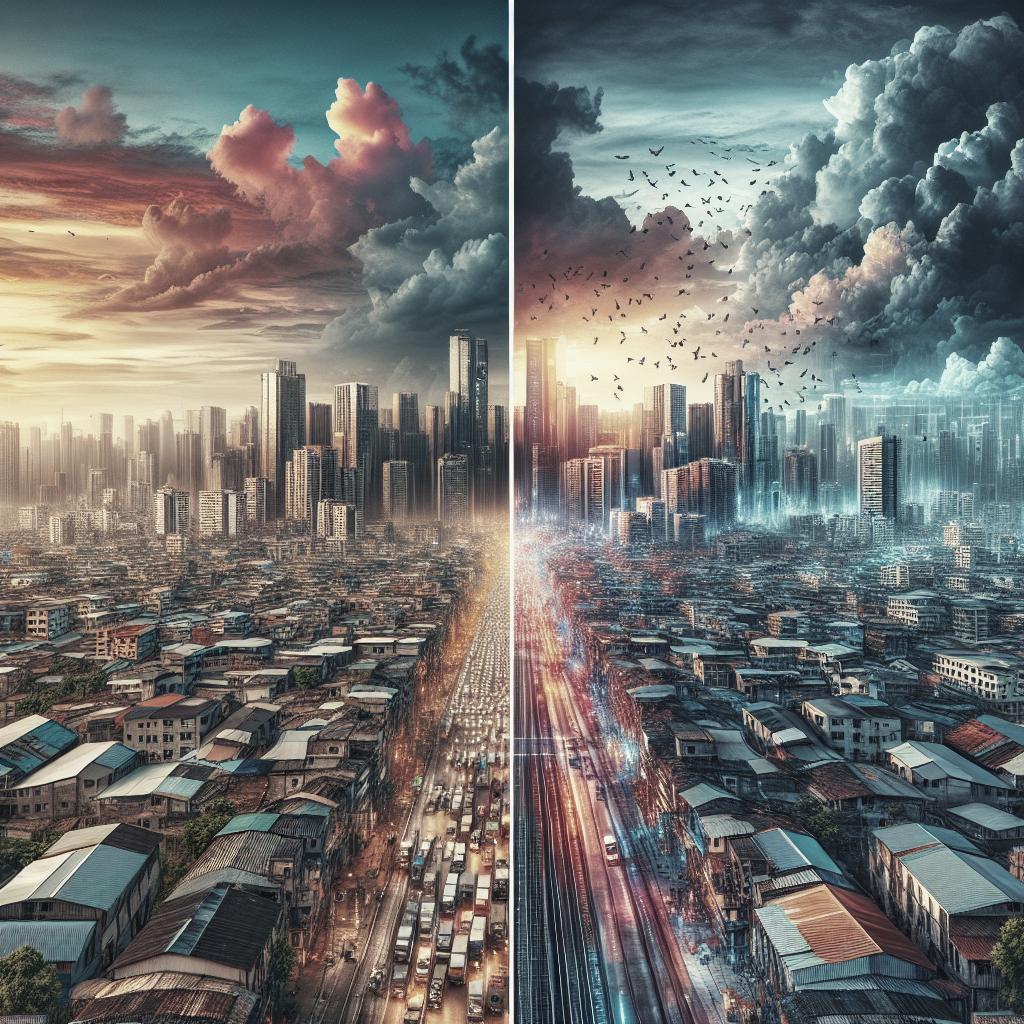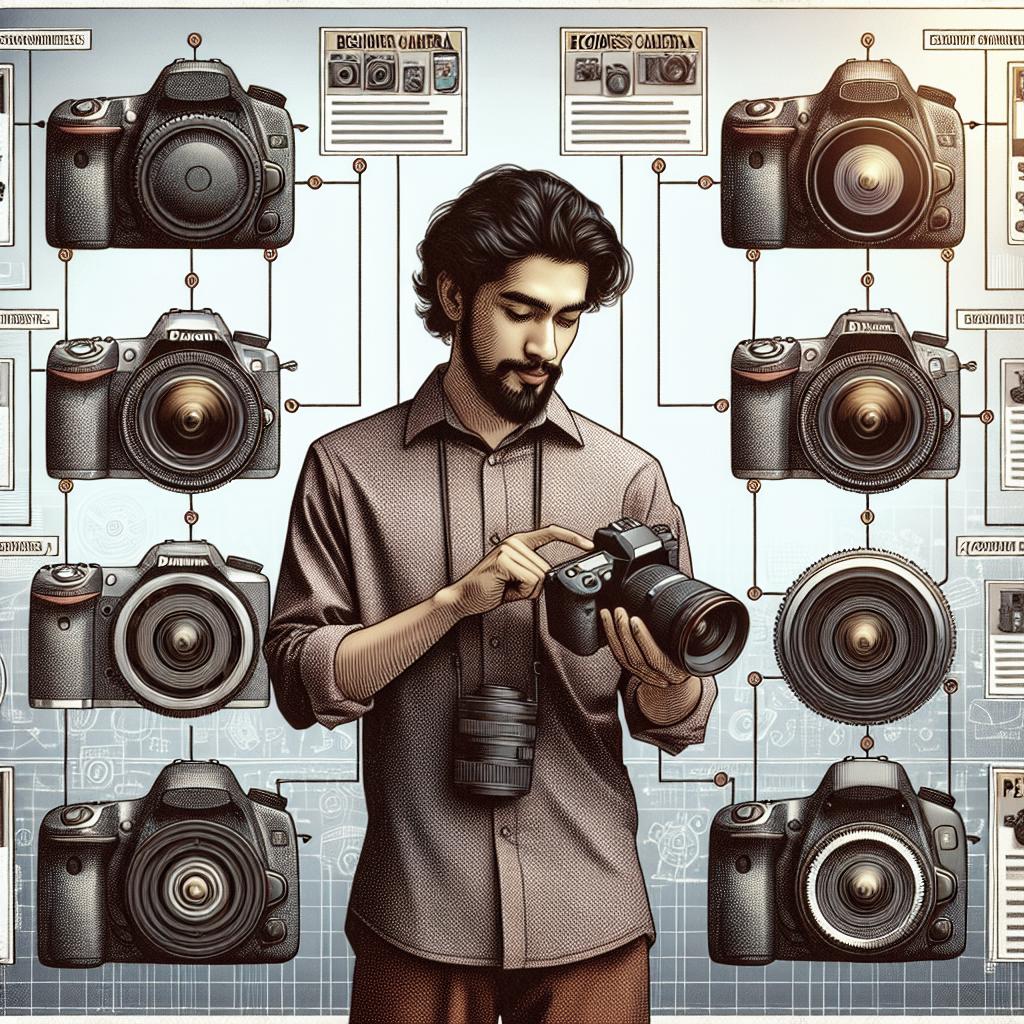“`html
The Impact of Post-Processing on Photos
In the digital era, photography is no longer solely about capturing the moment; it’s about perfecting it. Post-processing has become an essential part of a photographer’s toolkit, enabling them to enhance images, realize their creative vision, and correct camera limitations and imperfections. Moreover, post-processing introduces a world of creative possibilities that transcends what a camera can capture alone. This blog post explores the manifold impacts of post-processing on photographs, examining how it enhances photos, brings out an artist’s vision, overcomes camera limits, fixes flaws, and expands creative horizons.
Get Better at Post Processing
1. To Enhance a Photo
Post-processing can significantly enhance a photo by adjusting elements such as brightness, contrast, saturation, and sharpness. These adjustments can transform a flat image into a vivid and dynamic one. For instance, adjusting the contrast can make an image pop, while fine-tuning the saturation can bring colors to life. Through post-processing, photographers can ensure that the final image reflects the scene as it was captured and as it was perceived, often magnifying the emotional impact on viewers.
Furthermore, post-processing allows for fine-tuning that traditional film photography couldn’t provide. With tools such as Adobe Lightroom and Photoshop, photographers can recover details from shadows and highlights that might have been lost in the original capture. The digital darkroom enables a level of precision and control that would have been impossible in the past, allowing photographers to make selective adjustments and refine their work to perfection.
2. To Truly Bring Out Your Vision of the Photograph
Every photographer has a unique vision they wish to convey through their work. Post-processing bridges the gap between the raw image captured and the artistic interpretation the photographer envisions. Whether it’s creating a specific mood through color grading or emphasizing certain elements within the photo, post-processing serves as a vital tool in translating artistic intent into a visual reality.
Creative control through post-processing also empowers photographers to experiment with different styles and techniques. By manipulating aspects of their photos, photographers can explore different artistic pathways and establish a distinctive signature style. This personal expression through post-processing can turn a straightforward photograph into a compelling narrative or an abstract work of art.
3. To Overcome Your Camera’s Picture-Taking and Post-Processing Limitations
Cameras, despite their technological advancements, have inherent limitations. Sensors can only capture a certain dynamic range, and digital noise can occur in low-light situations. Post-processing provides the solution in such scenarios. By employing techniques such as HDR (High Dynamic Range) merging and noise reduction, photographers can mitigate these limitations to extract the best possible outcome from their gear.
Moreover, cameras often come with built-in post-processing features, but they can be rudimentary and might not offer the same level of refinement as dedicated software. This is why photographers often prefer to shoot in RAW, a format that preserves maximum data without the camera’s default processing. Utilizing RAW files in post-processing allows for expansive manipulation without quality loss, ensuring the final product is of the highest caliber.
4. To Fix Imperfections in a Photo
Even the most seasoned photographers encounter imperfections in their photos, whether it’s a blemish on a subject’s skin, an unwanted object in the background, or lens distortion. Post-processing tools offer effective solutions to these common problems. Techniques such as spot removal, cloning, and cropping can eliminate distractions and correct flaws, ensuring that the photograph meets a professional standard.
Beyond cosmetic fixes, post-processing can address more substantive issues such as exposure mistakes or color casts. By adjusting exposure levels, white balance, and hue, photographers can rescue images that might have otherwise been deemed unusable. This kind of flexibility reinforces the photographer’s ability to produce high-quality work consistently.
5. To Expand the Creative Boundaries of Your Photography
Post-processing is not just about fixing and enhancing; it’s a playground for creativity. It provides endless possibilities to alter reality, whether through surreal compositing, abstract manipulations, or experimental color alterations. This creative potential allows photographers to step beyond the confines of straightforward representation and into the realm of artistic innovation.
Furthermore, integrating elements like text, graphics, or unconventional techniques can transform a photograph into multimedia art. The fusion of photography with digital art opens up new avenues for expression and storytelling, allowing the final piece to engage viewers in fresh and unexpected ways.
1 Comment
John: This was an enlightening read. Post-processing truly seems to be where the magic happens in photography!
Leave a Reply Cancel
Lessons Learned
| Aspect | Impact of Post-Processing |
|---|---|
| Enhancement | Improves image quality through adjustments and detailed recovery. |
| Vision Realization | Enables the artistic expression and personal style of the photographer. |
| Camera Limitations | Compensates for technical constraints, achieving optimal results. |
| Imperfection Correction | Removes distractions and repairs flaws for professional-grade results. |
| Creative Expansion | Offers endless artistic possibilities to push photographic boundaries. |
“`


